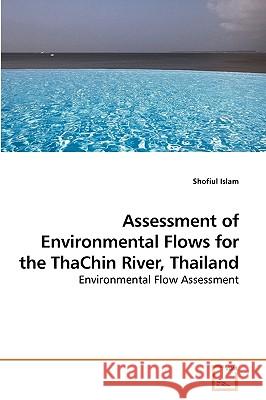Assessment of Environmental Flows for the ThaChin River, Thailand » książka
Assessment of Environmental Flows for the ThaChin River, Thailand
ISBN-13: 9783639200430 / Angielski / Miękka / 2009 / 112 str.
Now a day all over the world, environmental flows are being assessed for an increasing number of rivers. There has been a progressive evolution of methodologies, ranging from simple hydrological indices to complex, holistic procedures for assessing the EFRs of riverine ecosystems, in which not only the ecological water needs are assessed, yet where also the local demands of human communities along the river are taken into account. In water allocation decision-making process, the interests of the people living along the rivers are often neglected (Meijer, 2003). Possible reasons for this could be that these people live spread over a large area, do not form one well-organized group, live far downstream of diversion structures, or have requirements that are diffuse, intangible or difficult to quantify. Different groups of people will experience different positive or negative effects resulting from flow regime changes. To make well-founded equitable decisions in water allocation it is necessary to consider these aspects. Environmental flow assessment methods can contribute to this.











